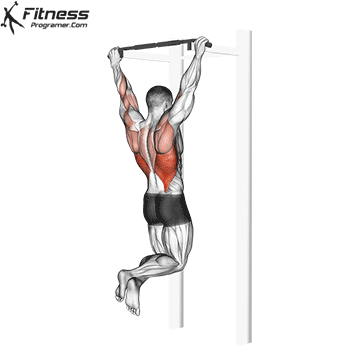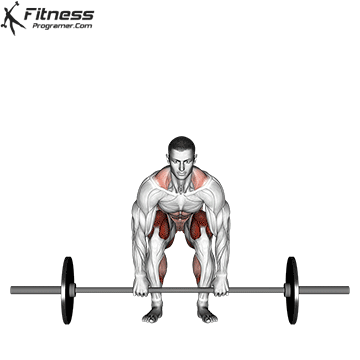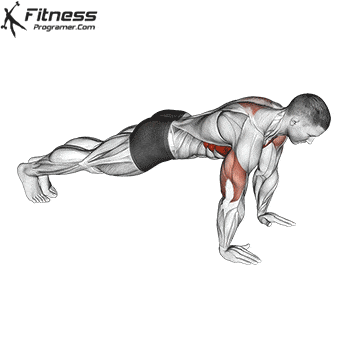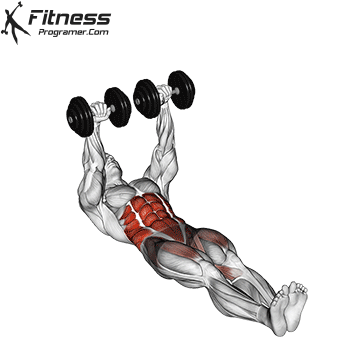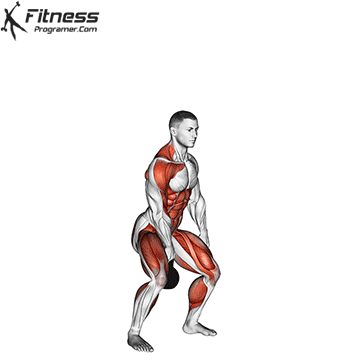300 Spartan Workout
The “300 Spartan workout” refers to a fitness routine that gained popularity after the release of the 2006 film “300,” which depicted the ancient Battle of Thermopylae.
The 300 workout is a high-intensity circuit style training program that combines strength training, aerobic exercises, and bodyweight movements. It typically consists of a series of exercises performed in rapid succession, with minimal rest between sets.
The goal is to complete all the exercises as quickly as possible while maintaining proper form. The workout is demanding and requires a high level of strength, endurance, and conditioning. It may not be suitable for beginners or those with certain health conditions. If you already have a decent level of strength, cardiovascular fitness, and overall conditioning, the 300 workout can provide a new and demanding challenge to push your limits further.
By incorporating this high-intensity circuit-style training program into your fitness routine, you can unlock your full potential, transform your physique, and achieve remarkable fitness goals.
Content of 300 workouts
Compound Exercises: The 300 workouts typically incorporate compound exercises that target multiple muscle groups simultaneously. These exercises require the activation of multiple muscle groups and joints, allowing you to work more muscles in less time. The 300 workouts often push the muscles to fatigue, causing microtears in the muscle fibers. When these microtears repair, they result in muscle growth and increased strength.
Explosive Movements: The workout incorporates explosive movements like kettlebell clean and box jumps, which require power and quick force generation. These movements engage your fast-twitch muscle fibers, promoting improvements in power output and enhancing athletic performance.
High Intensity and Volume: The workout is designed to be intense, challenging, and physically demanding. The high-intensity training, combined with high repetitions and minimal rest periods, creates a stimulus that can promote muscle hypertrophy (growth) and strength development.
Continuous Movement: The workout’s circuit-style format promotes continuous movement, which keeps your heart rate elevated throughout the entire session. This sustained effort increases the demand on your cardiovascular system and helps build endurance.
The 300 workouts that work multiple muscle groups simultaneously provide a comprehensive and effective full-body conditioning routine that includes a combination of bodyweight exercises, strength exercises, and explosive movements.
To perform 300 workouts, follow these steps:
Warm-Up: Begin with a dynamic warm-up to prepare your body for the workout. This can include exercises like running, jumping jacks, arm circles, and bodyweight squats.
Set Repetition Goals: Determine the number of repetitions you will aim to complete for each exercise. The goal is to reach a total of 300 repetitions across all exercises. You can distribute the repetitions evenly or vary them based on your preferences and fitness levels.
Perform Circuit Style: Start with the first exercise and complete the designated number of repetitions. Move immediately to the next exercise without resting. Continue through the circuit, performing each exercise back-to-back without rest until you complete the desired number of repetitions for each exercise.
Rest Periods: Rest for a short period, around 30-45 seconds, between circuits if needed. However, try to minimize rest between individual exercises within the circuit to maintain the intensity and challenge your cardiovascular system.
Cool Down and Stretch: After completing the 300 workout, cool down with some light cardio, such as walking or jogging, and perform static stretches to improve flexibility and promote recovery.
Program Duration: at least 2-3 days a week for 8-12 weeks
Time Per Workout: 15-45 minutes depending on fitness level
Exercise Modifications
The 300 Workout can be modified by adjusting the exercises to accommodate different fitness levels. For beginners or individuals with limited strength, alternative exercises or variations with less resistance can be incorporated. For example, assisted pull-ups or inverted rows can be substituted for full pull-ups, and lighter weights can be used for barbell deadlifts or kettlebell exercises. These modifications help beginners gradually build strength and progress towards full workout.
Muscles worked during a typical 300 workouts
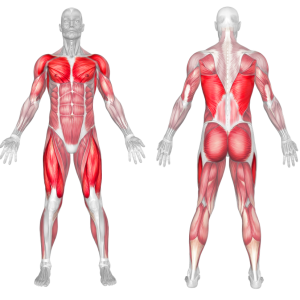
The 300 workouts have several effects on the body, including:
Cardiovascular Challenge: The demanding style of the workout requires your heart and lungs to work harder to supply oxygen to your muscles. This repeated stress on your cardiovascular system leads to improved endurance over time.
Aerobic and Anaerobic Capacity: The 300 Workout places demands on both the aerobic and anaerobic energy systems. This continuous flow of movement keeps your heart rate elevated throughout the workout, putting stress on your cardiovascular system. Over time, your body becomes more efficient at utilizing these energy systems, leading to improved energy production and utilization during exercise.
Muscular Endurance: With limited rest between exercises, your muscles are continuously engaged and challenged. This prolonged effort builds muscular endurance, allowing you to perform high repetitions and sustain effort for an extended period.
Calorie Burn and Fatigue Resistance: The combination of high repetitions and a fast-paced tempo increases your calorie expenditure during the workout. This can contribute to weight management and fat burning goals. Additionally, pushing through fatigue and completing the workout builds mental resilience and teaches your body to tolerate and overcome fatigue.
Improved Metabolic Conditioning: By combining strength training, bodyweight exercises, and explosive movements, the workout challenges your body’s metabolic systems. This stimulates improvements in your metabolic rate and the efficiency of energy production. As a result, your body becomes more adept at utilizing stored fat as a fuel source, leading to increased fat burning during and after the workout.
Note: Intense workouts, especially for individuals with pre-existing cardiovascular conditions, can put stress on the heart. Consulting a healthcare professional is recommended to ensure that your exercise routine is safe and appropriate for your cardiovascular health.

